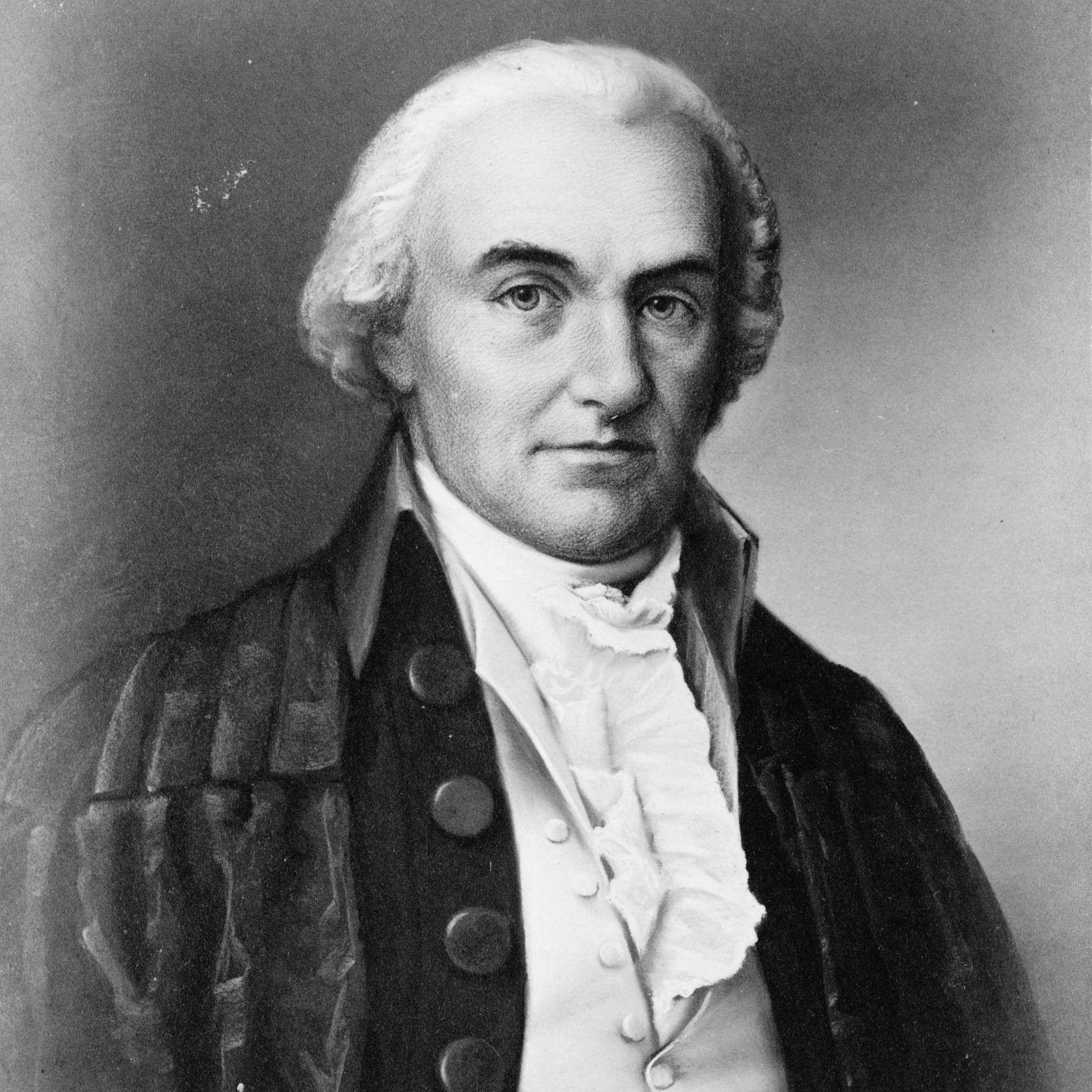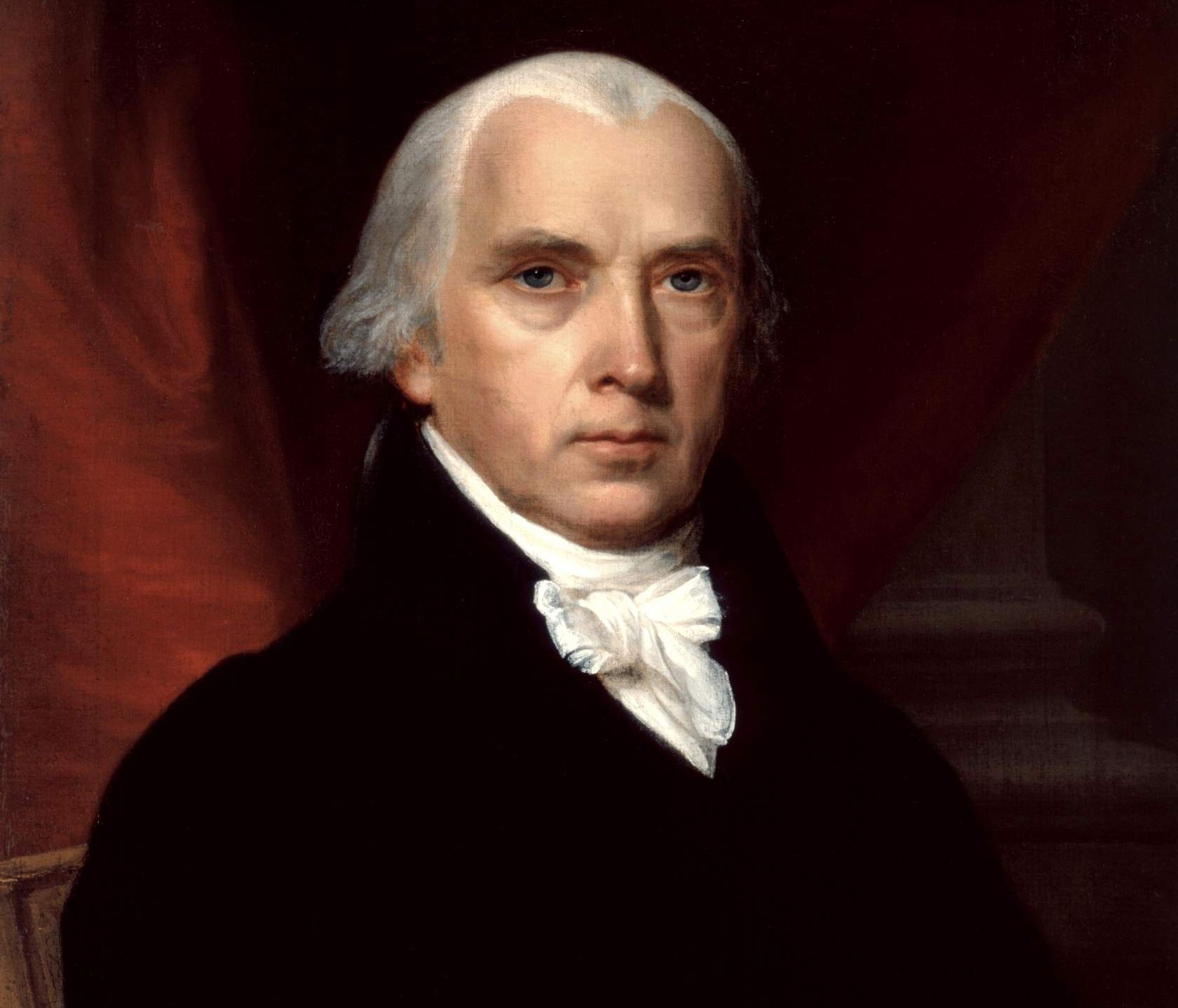
A Series of Compromises

Oliver Ellsworth

Roger Sherman
Once the delegates decided to draft a new constitution, they concluded that it needed to be based upon a separation of powers between three branches of government and a division of powers between the national government and the states. There was a fear that too much power would be given to the federal government. To avoid that, there would have to be a system of balance between the powers of the executive, legislative, and judicial branches. The founders believed a lack of power could lead to anarchy, but too much power could lead to tyranny. The solution was to find a way to separate power between the different branches and between the federal and state governments. The key was to equalize that power so that no one division of government could dominate the others.
Adequate representation was the next issue to be solved. The small states and the large states each had a plan to make sure they were represented. The Virginia Plan, which worked in favor of the large states, called for a two-house (bicameral) legislature, with representation based on population in each house. The New Jersey Plan, which worked in favor of the small states, called for a one-house (unicameral) legislature, with equal representation. Roger Sherman of Connecticut created what is known as the Great Compromise, which meshed these two plans into a workable legislature that satisfied both interests. The upper house, known as the Senate, would have equal representation (two senators from each state). The lower house, the House of Representatives, would have representation determined by the population of the individual states.
During the debates, other issues needed to be worked out as well. One heated topic divided the northern and southern states because of their fundamental source of labor, which was slavery. First, the delegates needed to determine if slavery would be legal. If so, they had to determine the method by which slaves were to be counted for purposes of both taxation and representation. Once it became clear that unity between the states could only be obtained if slavery were allowed, the matter seemed settled. To reassure the southern states that the matter would not be revisited once the new constitution was ratified, they agreed that the topic of slavery could not be discussed for the next twenty years. This meant that 1808 would be the earliest that the nation could take any federal action against the institution.
To address the question of how to count these individuals, Oliver Ellsworth proposed that each state's representation for the lower house of Congress be based on the number of free persons and three-fifths of "all other persons," a euphemism for slaves. This is known as the Three-Fifths Compromise. In essence, the Constitution pushed the debate over slavery forward for future generations to deal with.
James Madison
"Father of the Constitution"
One of the most important delegates at the Constitutional Convention was James Madison from Virginia. In fact, much of what we know about the convention is thanks to detailed notes kept by Madison. He is also the man who put forward the Virginia Plan. As mentioned, this plan was not adopted exactly as Madison wrote it, but it formed a basis for the government created by the Great Compromise. Madison played a key role in engineering many of the compromises found in the Constitution, and he also was the author of the Bill of Rights that would later be added to the document. Madison also wrote many of the Federalist Papers, which were written to convince people across the United States to ratify the Constitution. For all these reasons, Madison is known as the "Father of the Constitution."

New Government Branches
Now, we turn our attention to the two "new" branches of the federal government: the executive branch and the judicial branch.
The Articles of Confederation did not provide for an executive that governed apart from the legislature. Therefore, when the delegates to the Constitutional Convention created the executive branch, they needed to determine what powers it would have and how it would function. The founders were, understandably, concerned with tyranny. They had just fought a war to rid themselves of an intrusive government, and they did not intend for any one man to have too much power in the new nation they were creating. In deciding the role of the executive, there were fundamental questions that needed to be answered. Should a group of people rule the executive? How would the executive be elected, and how long should that executive serve?
The delegates decided that a president would serve as the head of the executive branch. The president would be one person, independent of the legislature, who would be elected by state electors in an indirect method as opposed to a popular election. The term was set at four years, and the president was given veto power over any legislative action. However, this power wasn't absolute. The veto could be overridden by a two-thirds vote of both houses of the legislature. This is part of the intricate system of checks and balances that was put in place to prevent any one person or branch from wielding absolute power.
In addition to the executive, a federal judiciary had to be established—one that could rule on cases that transcended state boundaries and would be able to protect the Constitution and the rule of law. Placing primary responsibility for control of the courts in the hands of the legislature, the delegates gave Congress full authority to establish lower courts and determine the size of the Supreme Court. The Constitution itself did not mention much about how that system of courts would be put together. It merely established that there would be a Supreme Court above all other courts, and it limited the types of cases the federal courts could hear based on their jurisdiction.
A Series of Compromises

Oliver Ellsworth

Roger Sherman
Once the delegates decided to draft a new constitution, they concluded that it needed to be based upon a separation of powers between three branches of government and a division of powers between the national government and the states. There was a fear that too much power would be given to the federal government. To avoid that, there would have to be a system of balance between the powers of the executive, legislative, and judicial branches. The founders believed a lack of power could lead to anarchy, but too much power could lead to tyranny. The solution was to find a way to separate power between the different branches and between the federal and state governments. The key was to equalize that power so that no one division of government could dominate the others.
Adequate representation was the next issue to be solved. The small states and the large states each had a plan to make sure they were represented. The Virginia Plan, which worked in favor of the large states, called for a two-house (bicameral) legislature, with representation based on population in each house. The New Jersey Plan, which worked in favor of the small states, called for a one-house (unicameral) legislature, with equal representation. Roger Sherman of Connecticut created what is known as the Great Compromise, which meshed these two plans into a workable legislature that satisfied both interests. The upper house, known as the Senate, would have equal representation (two senators from each state). The lower house, the House of Representatives, would have representation determined by the population of the individual states.
During the debates, other issues needed to be worked out as well. One heated topic divided the northern and southern states because of their fundamental source of labor, which was slavery. First, the delegates needed to determine if slavery would be legal. If so, they had to determine the method by which slaves were to be counted for purposes of both taxation and representation. Once it became clear that unity between the states could only be obtained if slavery were allowed, the matter seemed settled. To reassure the southern states that the matter would not be revisited once the new constitution was ratified, they agreed that the topic of slavery could not be discussed for the next twenty years. This meant that 1808 would be the earliest that the nation could take any federal action against the institution.
To address the question of how to count these individuals, Oliver Ellsworth proposed that each state's representation for the lower house of Congress be based on the number of free persons and three-fifths of "all other persons," a euphemism for slaves. This is known as the Three-Fifths Compromise. In essence, the Constitution pushed the debate over slavery forward for future generations to deal with.
James Madison
"Father of the Constitution"
One of the most important delegates at the Constitutional Convention was James Madison from Virginia. In fact, much of what we know about the convention is thanks to detailed notes kept by Madison. He is also the man who put forward the Virginia Plan. As mentioned, this plan was not adopted exactly as Madison wrote it, but it formed a basis for the government created by the Great Compromise. Madison played a key role in engineering many of the compromises found in the Constitution, and he also was the author of the Bill of Rights that would later be added to the document. Madison also wrote many of the Federalist Papers, which were written to convince people across the United States to ratify the Constitution. For all these reasons, Madison is known as the "Father of the Constitution."

New Government Branches
Now, we turn our attention to the two "new" branches of the federal government: the executive branch and the judicial branch.
The Articles of Confederation did not provide for an executive that governed apart from the legislature. Therefore, when the delegates to the Constitutional Convention created the executive branch, they needed to determine what powers it would have and how it would function. The founders were, understandably, concerned with tyranny. They had just fought a war to rid themselves of an intrusive government, and they did not intend for any one man to have too much power in the new nation they were creating. In deciding the role of the executive, there were fundamental questions that needed to be answered. Should a group of people rule the executive? How would the executive be elected, and how long should that executive serve?
The delegates decided that a president would serve as the head of the executive branch. The president would be one person, independent of the legislature, who would be elected by state electors in an indirect method as opposed to a popular election. The term was set at four years, and the president was given veto power over any legislative action. However, this power wasn't absolute. The veto could be overridden by a two-thirds vote of both houses of the legislature. This is part of the intricate system of checks and balances that was put in place to prevent any one person or branch from wielding absolute power.
In addition to the executive, a federal judiciary had to be established—one that could rule on cases that transcended state boundaries and would be able to protect the Constitution and the rule of law. Placing primary responsibility for control of the courts in the hands of the legislature, the delegates gave Congress full authority to establish lower courts and determine the size of the Supreme Court. The Constitution itself did not mention much about how that system of courts would be put together. It merely established that there would be a Supreme Court above all other courts, and it limited the types of cases the federal courts could hear based on their jurisdiction.